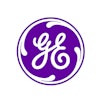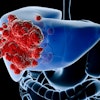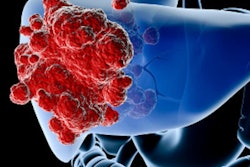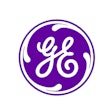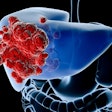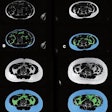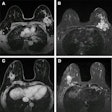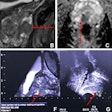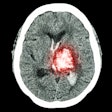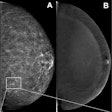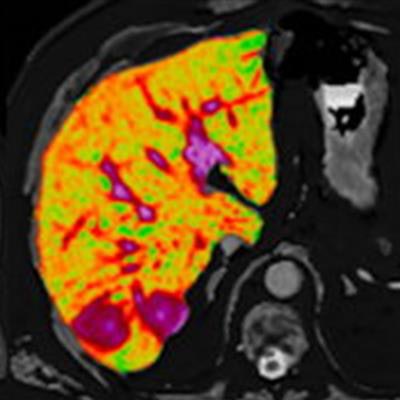
MRI-based software developed by Perspectum provided information that could be useful in planning surgeries for liver cancer in an observational study published online on December 2 in PLOS One.
The company's Hepatica software illuminates fibro-inflammation, fat, liver volume, and Couinaud-classified liver segments. The prospective, observational study of 149 liver cancer patients being considered for resection showed the association between an elevated corrected T1 (cT1) on MRI and a longer hospital stay following surgery. Furthermore, cT1 and future liver remnant volume (FLR) were predictive of outcomes shortly after surgery and also three months later.
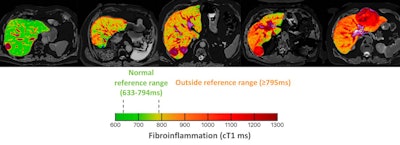 Hepatica helps surgeons to identify and characterize previously undiagnosed background liver disease. Image courtesy of Perspectum.
Hepatica helps surgeons to identify and characterize previously undiagnosed background liver disease. Image courtesy of Perspectum.The results show how quantitative muliparametric MRI technology can predict postoperative liver performance and length of hospital stay, Dr. Damian Mole, PhD, a professor of clinical and experimental surgery at the University of Edinburgh, and colleagues reported.
"This has the potential to transform surgical decision-making and improve [personalized] risk assessment for patients undergoing liver resection for cancer," they concluded.

